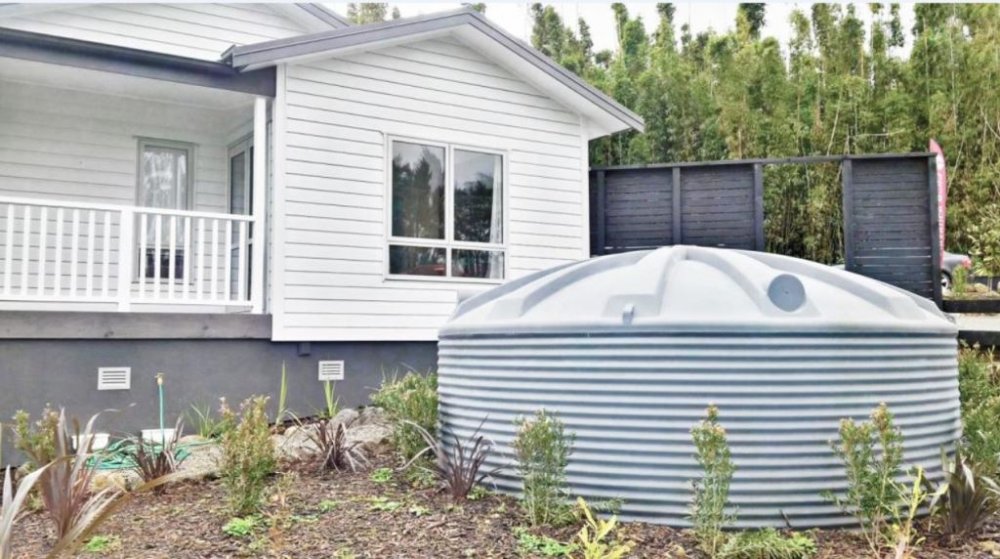How to Determine the Best Water Tank Size

Plastic water tanks can provide all your water needs in a rural setting or supplement the mains supply in urban areas. Collected rainwater is ideal for laundry and sanitation (such as toilet usage). These functions account for about 45% of water use in the average household, so covering them with a supply from a plastic water tank can significantly lower your costs.
Using water from a tank for all your needs is also possible, provided you properly treat it before drinking.
Installing a tank on your property is affordable and straightforward. Plastic water tanks, if they have durable construction, can last for decades. The most important decision you have to make when choosing a product is selecting the correct size.
There are several variables to consider when you are choosing the correct water tank size for your needs.
Define Your Needs
Choosing the right size for your plastic water tank starts with determining your water use requirements. Will you use the water for all your needs, including drinking? Or will the plastic water tank supplement an existing supply? It would help if you also considered rainfall patterns and average rainfall amounts in your area.
Calculate Water Use
For household consumption, the typical family of two adults and two children uses between 375 and 800 litres per day. That averages out to 575 litres. If you live in a two-person home, that average dips to 397 litres.
You can get more specific by paying attention to your daily water use, calculating the length of your showers, and learning how much water basic daily tasks require.
After you account for your daily water consumption, you simply multiply that number by 365 days.
Here’s an example: An average NZ family consuming 575 litres of water per day will use 295,875 litres per year.
If you rely on your plastic water tank for specific functions, such as watering your garden or flushing your toilets, then you only need to account for that usage when making your calculations.
Determine the Size of Your Roof
To determine how much you can harvest in your plastic water tank, you should multiply the area of your roof or another catchment by the average rainfall in your location.
Roof size is roughly equal to the total footprint of the home. If a house has a footprint of 200 sq m, the roof should be roughly similar. This is not a perfect comparison, but it can give you a rough estimate that you can fine-tune if needed. You can find the footprint by simply multiplying the length and width of the home. If your building is not four-sided, you can break it up into smaller, four-sided areas. You then multiply the length and width of these smaller areas and add the products together to arrive at your footprint.
Determine Rainfall Amounts
As a general rule, every 1 mm of rain translates to 1 litre of water per 1 sq m of roof space.
If the rainfall in your area is 1200 mm per year, that’s 1200 mm per sq m. If you have a 200 sq m roof, multiplying 1200 by 200 yields 240,000 litres, which is the maximum amount of water you can harvest per year.
You can then use this information to choose a tank size. Plastic rainwater tanks come in a variety of sizes, ranging from 500L - 30,000L. You should opt for the largest possible that can divide your total yearly harvest. If you can harvest up to 240,000 litres per year, a 30,000-litre tank is ideal. When you have arrived at your size choice, you need to find a supplier that offers quality plastic water tanks and accessories that can meet your requirements.
As a general rule if it falls within your budget a bigger tank is always better. To have extra water on hand is always great; to us, you can never have enough water, it’s an investment that keeps on giving, and its usefulness far surpasses the initial cost.


